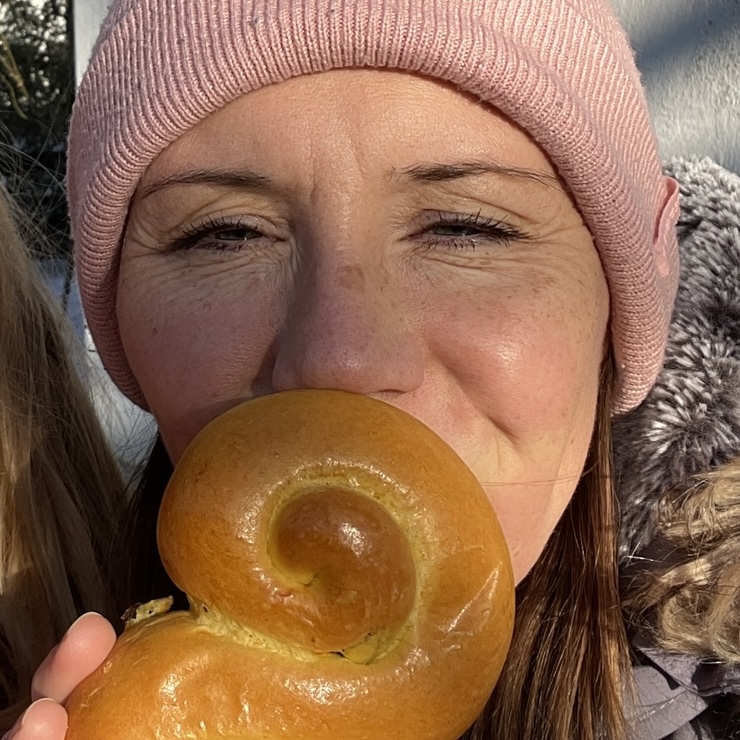When Steve Krug wrote his book ‘Don’t make me think’ his intent was to help people to learn to think like a usability expert. Over the last few years as I’ve helped other startups with the UX for their websites and apps, I’ve seen a great gap and I wanted to do something about it.
The gap has been both in general knowledge around what goes into building websites, how it works and what’s best practice in terms of how UX, design, development and the business side should work together. But more importantly, a big part of the gap has been in the thinking that goes into the content of the website and, as an extension of that, what you’re actually offering your users and what the business is about.
Having been on the startup side myself and knowing the limitations that funds pose and how expensive it is to hire senior people who have experience, I wanted to develop a course that could help startup founders work through these things. Just as with the idea behind ‘Don’t make me think’ I wanted to equip others with a basic understanding of what UX is, what matters, how to approach it and not the least provide hands-on practice with the most useful UX tools that help you work through the key aspects of any website/ app experience whilst constantly asking and answering questions.
We’re now in our last week of ‘UX for startups: From idea to prototype’ and whilst the signups have mostly been people who wanted to learn UX, everyone has come with their own project. Some just started with an idea, others with their own startup or client project. One of the key principles we’ve been working through is that there isn’t one way to go about UX. Instead, it’s about understanding the toolbox we have at our disposal and using it in a way that benefits your project the most. And that’s just what the group is doing. The level of detail that they are getting into, how it’s presented and also what they focus on all differs somewhat depending on whether the output is intended to be used to brief a visual designer and developer, actual client work, or if it’s more about getting experience with a project from start to finish and a great portfolio piece at the end.
One of the key things we’re focusing on is learning to ask questions and answering them so that the reason(s) why we’re doing something and who it’s for is always clear. We’re practicing this through putting words on paper as well as talking through our approach and thinking behind the work we’ve done in the group. Sketching before doing anything else is one of the key things I’m getting the group to do. Thinking of the visual presentation and settings things up from the beginning are two other key aspects. Both are incredibly important whether you’re working for yourself and need to “always be selling” and mindful of your time, or you’re working as/ want to work as a UX designer. It’s the little things that set you apart from the competition and that combined makes all the difference. Both when it comes to the websites and apps that we work on, but also in the work we do ourselves and whether we’re just good UX designers or great ones.
I’ll be running more of these courses and also a follow up to help this group progress their skills. If you want to know more or that I drop you a line when I take sign ups for the next one, drop me a line.
Image via Flickr user Juhan Sonin


